If you're managing back pain but still want to stay active, increasing your daily step count can feel like a challenge. Traditional walking or running may aggravate discomfort, making low-impact cardio machines like the cycling bike and elliptical trainer appealing alternatives. But which one truly helps you log more effective steps while protecting your spine?
This guide compares cycling and elliptical workouts head-to-head, focusing on step count conversion, spinal safety, consistency, and measurable progress—especially for those with back pain. We’ll also show you how to start fast, stay consistent, and track results weekly for long-term success.
Step count isn’t just about walking. Many fitness trackers and smartwatches convert non-step-based activities—like cycling or elliptical training—into estimated step equivalents using algorithms based on duration, intensity, and heart rate.
However, not all machines or trackers calculate steps the same way. The elliptical generally records actual strides, which are easily mapped to steps. Cycling, on the other hand, doesn’t involve foot displacement, so step counts are often estimated and may appear lower—even if the cardiovascular benefit is similar.
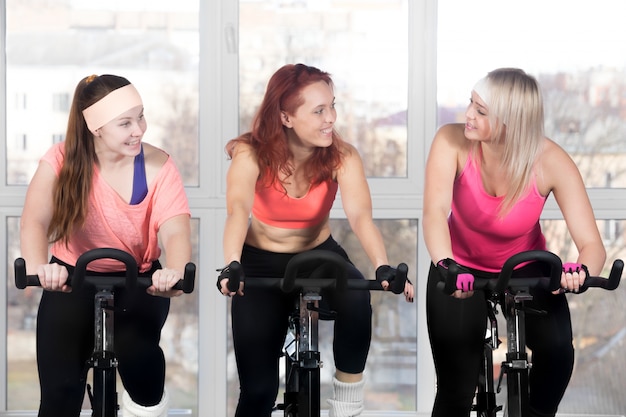
Cycling—especially on a recumbent or upright stationary bike—is widely recommended for people with back pain. The seated position reduces spinal load, and smooth pedaling promotes circulation without jarring impact.
However, when it comes to step count, cycling falls short in direct measurement. Most trackers register cycling in miles or calories, not steps. Some estimate steps by converting pedal revolutions into walking equivalents, but this can underrepresent your effort.
For example, a 30-minute moderate cycling session might burn as many calories as 5,000 steps, but your tracker could only log 1,500–2,500 estimated steps. This discrepancy can be discouraging if you're aiming for a 10,000-step daily goal.
The elliptical trainer mimics walking or running with a smooth, gliding motion that’s easy on joints and the spine. Because your feet stay in contact with the pedals and move in a step-like pattern, most fitness trackers and machine consoles record actual strides—often counted as steps.
This makes the elliptical a more reliable choice for boosting your measurable step count. A 30-minute elliptical session at moderate pace can easily log 4,000–6,000 steps, depending on stride length and resistance.
For those with back pain, the upright posture on an elliptical can be a concern if not used properly. Leaning on the handles or hunching forward increases lumbar strain. However, using proper form—standing tall, engaging the core, and using arms naturally—can make it a spine-friendly option.
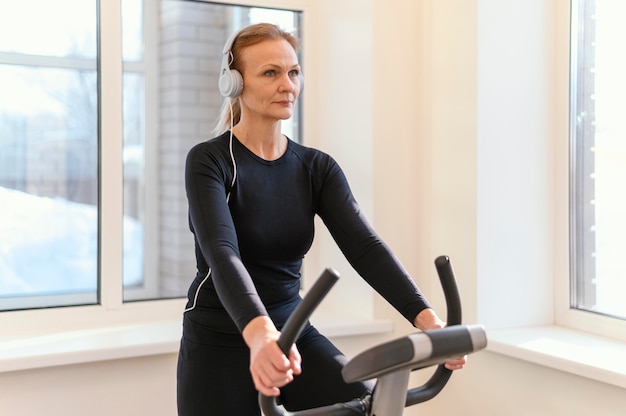
If your primary goal is to increase measurable step count, the elliptical has the clear advantage. Its motion aligns closely with walking, and most devices accurately count strides as steps. This helps you stay motivated and hit daily targets without relying on estimates.
Cycling, while excellent for cardiovascular health and back pain relief, doesn’t translate as effectively into step metrics. If step count is a key motivator for you, cycling alone may not satisfy your tracking goals—unless you combine it with actual walking or use it as a supplement.
The best workout is the one you can stick with. For people with back pain, consistency depends on comfort, accessibility, and visible progress.
Tracking progress weekly keeps you accountable and highlights improvements. Create a simple log to monitor:
After 4 weeks, review your data. Are your step counts rising? Is pain stable or improving? Use these insights to adjust your routine—switch machines, change intensity, or add short walks.
For increasing measurable step count, the elliptical is the superior choice. It provides natural step-like motion, accurate tracking, and effective cardiovascular conditioning with low spinal impact.
However, if back pain is severe or aggravated by upright posture, cycling—especially recumbent—offers better support and comfort. In this case, consider combining both: use the elliptical on low-pain days to boost step count, and cycling on tougher days to stay active without strain.
The key is not choosing one over the other permanently—but building a flexible, sustainable routine that supports your back and helps you meet your fitness goals—one step (or stride) at a time.

Fitness

Fitness

Fitness

Fitness

Fitness
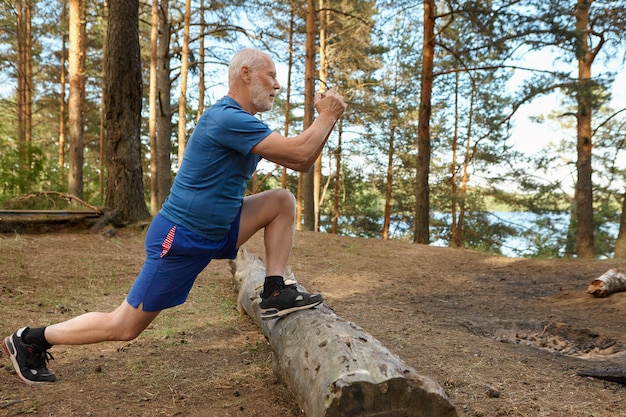
Fitness

Fitness

Fitness
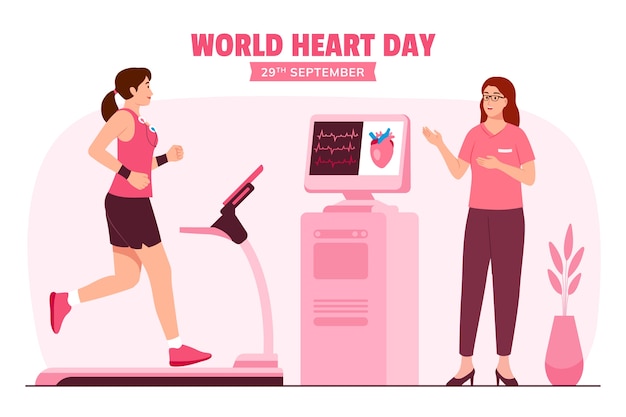
Wellness

Fitness
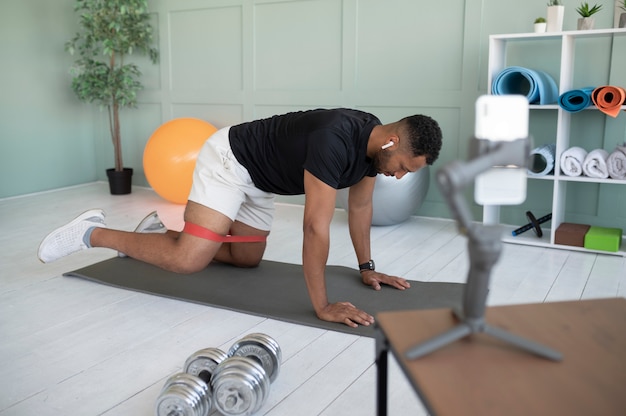
Fitness
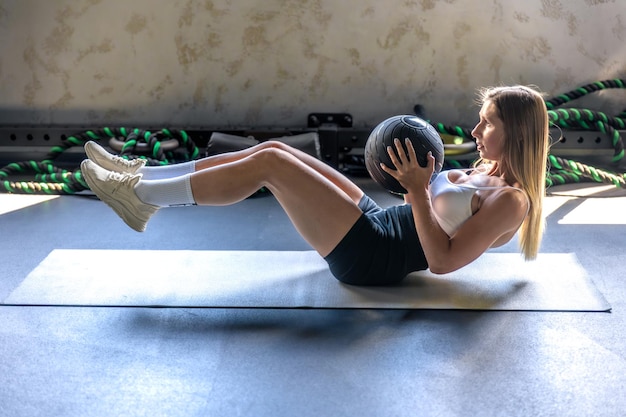
Fitness

Health

Fitness

Health

Health